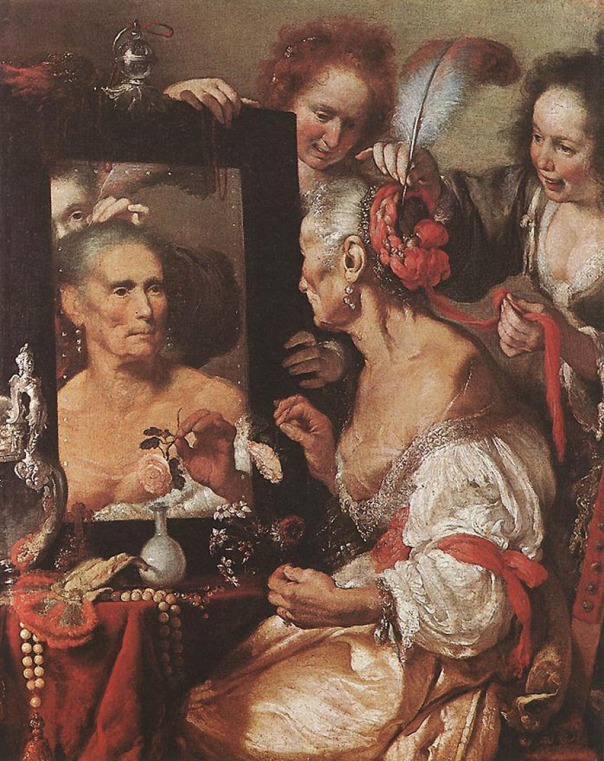Dear Brave Souls of the Tribe of the Sacred Heart
Just some vittles and nourishments for later, once the fireside of The Dangerous Old Woman is banked until next we meet in the clearing in the night forest once again…
from The Dangerous Old Woman manuscript,
“It is women’s work to bring the ultimate art forward: Living in the soul, rather than living in the overculture. To enter the soul, be it, teach it with as much wit, meaning, grace and grit—and cackles—as possible.”
“One of the best things about gathering years is the right to cackle with impugnity”
“As a woman gathers more years, she becomes more bold, which is not the same as brave: Brave is jumping in. Bold is jumping in led by angels. In age, we learn to know the difference. For certain, ‘older is bolder…’”
“In old tales, there are plenty of bitter old creatures railing about shrieking me me me. One of the masteries of age, is to divest of bitterness which acts as a dam to the inspiratus and to one’s sense of calm in ‘being enough.’ Bitterness is self-imposed ‘prison of unhappiness’ where the feelings of isolation and rage seem to enliven us, but in fact, only deaden us to love and creative force.”
“If you are chronically seething, look not so much to your ‘designated enemy,’ but to your envy and your pride… Try to understand both, strive toward correcting the illusions and delusions that create and feed black jealousy and petrified-eyed pride. Envy and pride are angers that come from forgetting your promesas, forgetting your own El destino, forgetting to put Source without source at center, instead of ego-bilge.”
“Like a very young child learning to crawl who becomes stuck under a chair and cries out til the child’s mother pulls gently at its legs teaching it to crawl backward… learn to back out of the tangle. Your heart and soul will thank you, and Lady Wisdom will smile that you are free.”
“Will there be, no matter how one lives one’s life, a lotus of good witches and a snarl of ‘bad witches’ somewhere within and-or outside each woman’s life? Count on it. As in the old tales, they all show up in many disguises.”
“In my immigrant and refugee family’s old story handed down, the’ whiteness’ Snow White carries is not about her skin color. It is about the eternal purity of her sweet soul, despite all else contravening.”
Peace be with you entirely.
With love,
dr.e
______________
CODA: the image above is an applique from my collection of The Sacred Heart I’ve cared for through the decades. It is, I think, an idea about the creative force without Source, able to shine regardless of being pierced by thorns.
_______________
Coda, atop is an applique from a little collection of devotional sacred hearts I’ve found and cared for during my lifetime.

